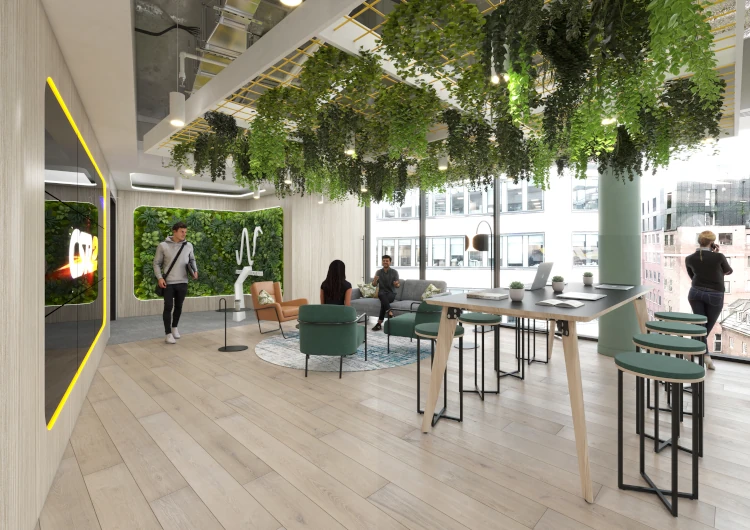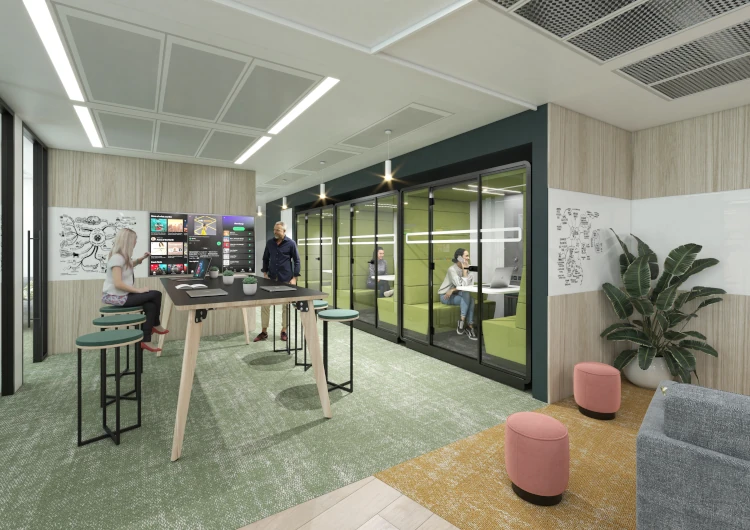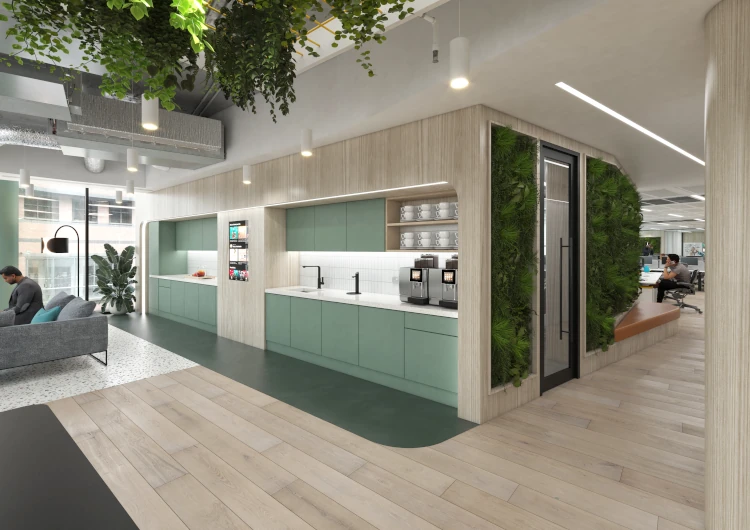Office Design Strategy to Improve Mental Health
15/10/23< Back to news index

A range of different personality types can be found working in any office and meeting the needs of all is a huge challenge. Answers given in the American Psychological Association's recent Work and Wellbeing Survey revealed that 81% of respondents will look for organisations which prioritise mental health next time they are looking for work.
If you want productive staff, you can attract and keep them by creating a workplace that offers plenty of choice about how people work. Individual and shared spaces to suit all tasks and preferences will give your team the freedom to choose what suits them best and to feel in control of their working environment.
The Open Plan Office, with other staff coming and going, is great for extraverts. But introverts, and anyone else who needs peace for concentration, will be more productive working alone, or with only a few essential co-workers. For most people, their preferred working space is dependent on the type of task they need to carry out.

Although many employers prefer workers to be present in the office, it is increasingly recognised that hybrid or flexible working can help relieve stress, allowing employees some control in balancing the needs of work, home and family. The option to work remotely is worth retaining. In the office, private rooms, open-plan offices and work cubicles all have their fans. If these spaces are made available to all, staff will always have a choice.
Providing different kinds of office spaces allows your staff to experiment and find which suits them best. Adapting or personalising their favourite workstation will help some people feel relaxed, focussed and more productive. If everyone moves around, as in "hot-desking," it's easy to make adaptations, such as standing desks or privacy shields available to all.
Some aspects of office design are relevant to all staff. Optimum background sound for working is around 50 decibels, which is quite quiet. We can get used to working despite noise (ask anyone who was working from home with a young family!) though this has plenty of variables. Some tasks require a quiet workplace.

Temperature preferences vary considerably; some of us work best when we are warm, others prefer more fresh air. If there is no negotiable solution to such problems, then individual cubicles may be best - feeling in control of your surroundings is a key contributor to positive mental health.
Over 70% of workers polled in the Work and Well-being Survey say their employers care more about mental health now than before Covid. This is positive - drop us a line if you'd like to find out how the design of your office can contribute to a happy and healthy team.